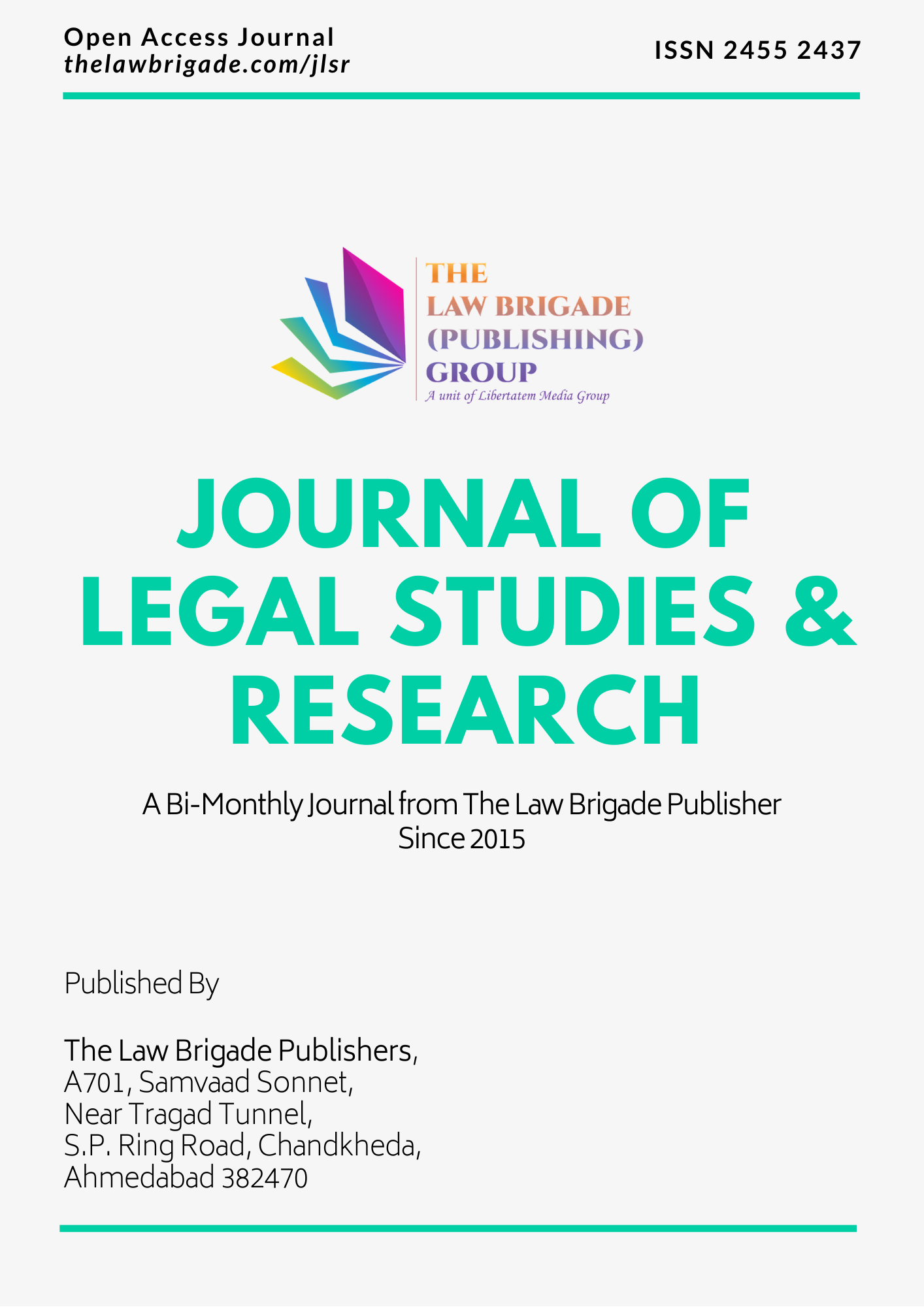High Courts are empowered to exercise writ jurisdiction under Article 226 of the Constitution however, it is bound by the principle of exhaustion of alternative remedy. The principle mandates the petitioner to avail of the other statutory remedies available before seeking a writ remedy. This article analyses the scope of Article 226 by focusing on the general rule of exhaustion of alternative remedies and the deviance from this rule based on the decisions taken by the apex court in a number of cases. Depending on the facts and circumstances of the case and after considering the four exceptions laid down by the Hon’ble Supreme Court in Whirlpool Corporation v. Registrar of Trademarks, Mumbai, the High Court can decide the admissibility of writ petition where an alternative statutory remedy is at hand. If the remedy available is efficient and adequate and serves justice, then High Court cannot exercise writ jurisdiction. This article examines the extent to which the rule of exhaustion of alternate remedies affects the scope of Article 226.
The Doctrine of Alternative Remedy and the Scope of Article 226
Publication Information
Journal Title: Journal of Legal Studies & Research
Author(s): Blaisy Babby P
Published On: 27/06/2022
Volume: 8
Issue: 3
First Page: 165
Last Page: 176
ISSN: 2455-2437
Publisher: The Law Brigade Publisher
DOI Not Allotted [Get DOI]
Cite this Article
Blaisy Babby P, The Doctrine of Alternative Remedy and the Scope of Article 226, Volume 8 Issue 3, Journal of Legal Studies & Research, 165-176, Published on 27/06/2022, Available at https://jlsr.thelawbrigade.com/article/the-doctrine-of-alternative-remedy-and-the-scope-of-article-226/
Abstract
Keywords: Article 226, Doctrine of Alternate Remedy, Exhaustion of Remedy, Adequacy and Efficacy
Share this research
Latest Publications
June 10, 2025





